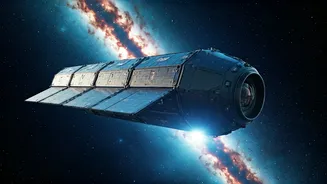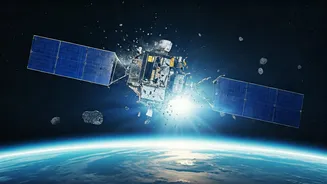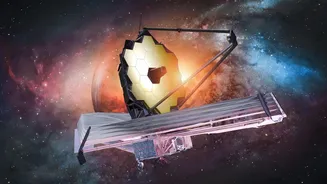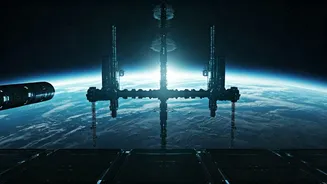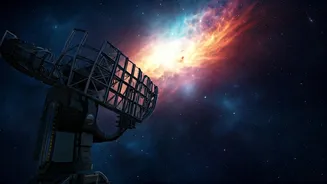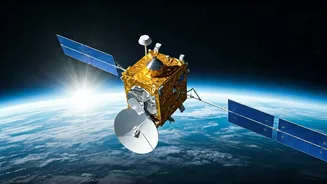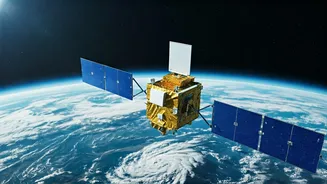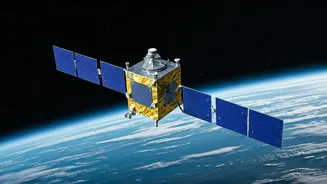On-Demand Space Imaging
HEO Robotics is changing how we view the cosmos by providing on-demand spacecraft imaging. Unlike traditional methods, where image requests can be slow
and expensive, HEO Robotics offers a more agile and efficient approach. They are developing technology that allows for quick image acquisition and delivery, essentially offering a 'solar system on demand.' This model is designed to drastically reduce the time and cost associated with obtaining images from space, which has been a major hurdle in many scientific and commercial endeavors. By streamlining the process, HEO Robotics aims to democratize access to space-based imagery, empowering researchers and businesses alike to explore and understand the universe more effectively. The innovative approach highlights a shift in the space industry towards greater accessibility and responsiveness to the needs of the user community. This is a significant step toward making space exploration more dynamic and accessible.
Revolutionizing Spacecraft Imaging
The core of HEO Robotics' mission is to revolutionize spacecraft imaging, introducing a level of flexibility and efficiency previously unseen. Their technological infrastructure allows for remote operation of spacecraft cameras, allowing them to capture images in response to specific requests. This remote capability is a significant advancement over the existing system where images have a delay due to scheduling constraints. This allows for a quicker response time and the ability to capture specific events or phenomena that may require prompt attention. This innovation impacts various sectors, including Earth observation, satellite monitoring, and deep-space exploration. By facilitating more frequent and targeted imaging, HEO Robotics is enabling more in-depth scientific studies, more efficient monitoring of infrastructure, and more rapid responses to various space events. The company's unique approach underscores a wider trend in space technology towards increased responsiveness and user-centric designs, leading to a new era of space exploration.
Pushing the Final Frontier
HEO Robotics’ ambitions extend far beyond mere improvements in spacecraft imaging. They intend to push imaging capabilities deeper into the 'final frontier.' This includes enabling observations of previously inaccessible areas and improving the quality of data collected. Their technology is being developed to withstand the extreme conditions of space, allowing them to operate effectively and efficiently for extended periods. This focus on reliability and durability ensures a continuous data stream, crucial for scientific and commercial use. Furthermore, HEO Robotics is working to make space imagery more accessible. They aim to reduce the cost of image acquisition and data processing, which opens new possibilities for scientific research, commercial applications, and educational outreach. Their ultimate goal is to facilitate a new age of space exploration where a greater number of individuals and organizations can participate in the discovery and understanding of space.
Impact and Future Scope
The impact of HEO Robotics' developments extends across multiple fields, from scientific research to commercial applications. Scientists will get new means to obtain high-resolution images of celestial bodies and space phenomena, facilitating deeper insights into the cosmos. Commercial entities will gain access to detailed satellite imagery, for earth observation, environmental monitoring, or for infrastructure assessment. Their on-demand imaging service will be especially useful in monitoring potential risks, such as space debris, or tracking events on Earth. Looking ahead, HEO Robotics plans further expansion, including the development of advanced image processing capabilities and strategic partnerships with space agencies and private companies. Their goal is to integrate these capabilities and partnerships into a global network. This network will enable quicker image acquisition, more effective data analysis, and a broader reach across all space exploration fields. Their vision indicates a new era for space exploration, marked by efficiency, accessibility, and collaboration.
